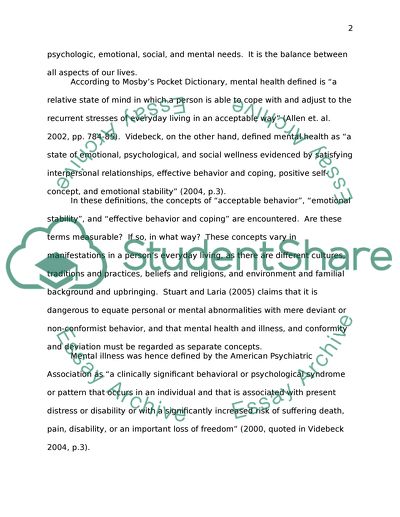Cite this document
(“Mental health Essay Example | Topics and Well Written Essays - 3250 words”, n.d.)
Mental health Essay Example | Topics and Well Written Essays - 3250 words. Retrieved from https://studentshare.org/health-sciences-medicine/1522483-mental-health-essay
Mental health Essay Example | Topics and Well Written Essays - 3250 words. Retrieved from https://studentshare.org/health-sciences-medicine/1522483-mental-health-essay
(Mental Health Essay Example | Topics and Well Written Essays - 3250 Words)
Mental Health Essay Example | Topics and Well Written Essays - 3250 Words. https://studentshare.org/health-sciences-medicine/1522483-mental-health-essay.
Mental Health Essay Example | Topics and Well Written Essays - 3250 Words. https://studentshare.org/health-sciences-medicine/1522483-mental-health-essay.
“Mental Health Essay Example | Topics and Well Written Essays - 3250 Words”, n.d. https://studentshare.org/health-sciences-medicine/1522483-mental-health-essay.


